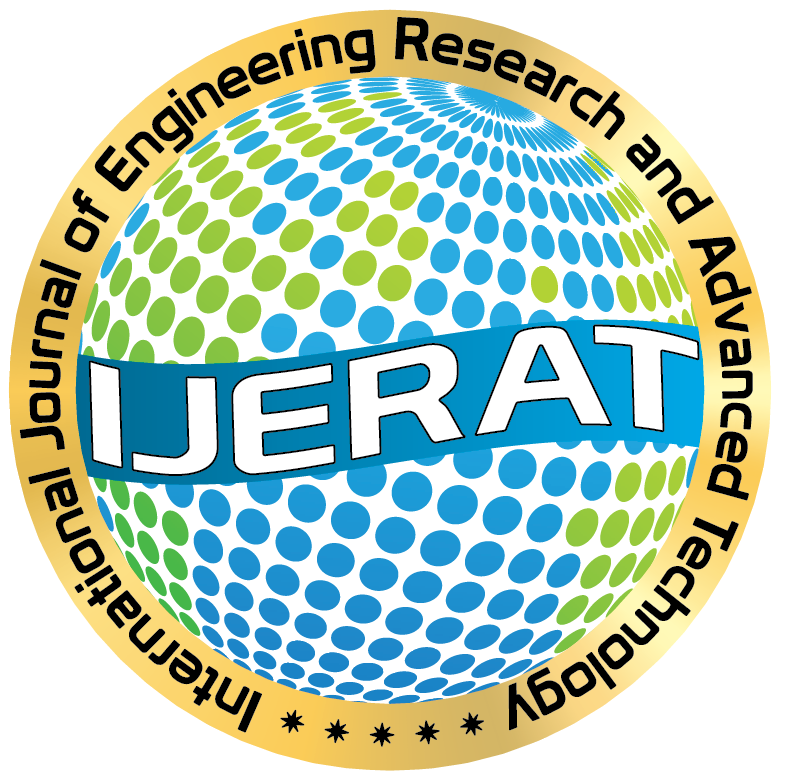Experimental study on Flexural Behavior of Reinforced Solid and Hollow Concrete Beams
DOI:
https://doi.org/10.7324/IJERAT.2017.3149Keywords:
Neutral axis, Hollow reinforced concrete beam, Light-weight material, Self-weight, Flexural behavior, Tension, Compression.Abstract
The incessant uptick in the prices of steel reinforcement and cement steer to the dredging up ways to minimize the weight of concrete. This directly reflects on the total outlay for the construction project. In addition to this, anthropogenic CO2 generated
during cement and steel production leads to disturbance to landscape, dust and noise and other significant environmental problems. In reinforced concrete beams, strength of concrete lying in and near neutral axis is not fully utilized and hence this
concrete can be supplanted with any light weight material. The idea of providing hollow section to the beam by incorporating
PVC pipe in order to reduce the weight of the structure is one of the solutions for light weight beam structure. To check the
suitability of such beam structures, an experimental testing was conducted to identify the flexural strength, deflection profile and
crack pattern of the solid and hollow beam samples. For this, 6 beams each with dimension (200mm*300*2300) mm were taken
with 2 beam samples being solid whereas remaining beams with longitudinal circular hollow section below neutral axis at calculated depth.M30 Grade of concrete was used. The beam samples were finally tested under gradually increasing two points
loading and Linear Variable Displacement Transducer (LVDT) was used to measure the deflection produced.








